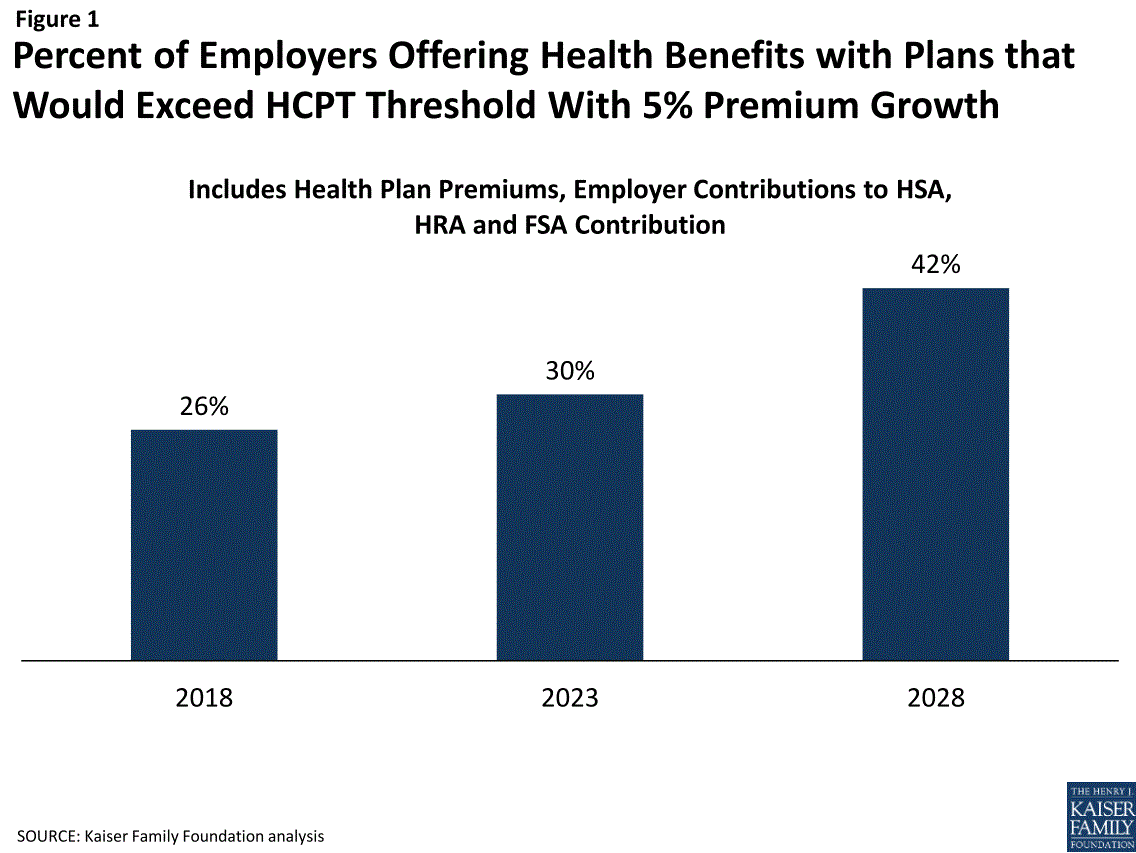26% of employers could face the eCadillac taxf on health insurance
By Carolyn Johnson
August 25 at 9:30 PM - The Washington Post
The next fight over the Affordable Care Act may center on one of its most powerful provisions to contain health care costs — the "Cadillac tax" on the most generous health insurance plans.
A new analysis released this week by the Kaiser Family Foundation estimated that just over a quarter of employers that offer health plans would pay the 40 percent tax in 2018 on at least one plan if they don't make changes. The National Business Group on Health, a nonprofit association of large employers, found that half of its members reported that at least one of their health plans would trigger the tax in 2018. Both groups predicted that the proportion of employers affected would go up significantly over time.
That means many employers are scrambling to find ways to avoid the tax. Ultimately, that will probably mean a combination of paring benefits and shifting cost to employees through high deductible plans, capping or eliminating flexible savings accounts, and offering less generous plans that, for example, limit access to a narrower networks of doctors and hospitals.
"The 'Cadillac tax' will have a very powerful effect on health care costs, and that certainly a good thing. But the way the tax helps to keep health costs down is primarily by shifting it to workers," said Larry Levitt, a senior vice president at the Kaiser Family Foundation who did the analysis. "While it certainly sounds good to control heath care costs, the way it is likely to happen wonft feel very good to consumers."
The opposition to the tax comes from a motley collection of unlikely allies, beyond the usual cast of anti-tax Republicans. In late July, The Alliance to Fight the 40 launched a concerted campaign against the tax, backed by a coalition that puts the insurer Cigna, the labor group Unite Here, the utility Eversource Energy, and school districts on the same side. The Hill reported that House Republicans will likely put repealing the tax on the fall agenda. Even Hillary Rodham Clinton is concerned.
"One area of the ACA that I am examining is the so-called Cadillac tax," Clinton told the American Federation of Teachers. "As currently structured, I worry that it may create an incentive to substantially lower the value of the benefits package and shift more and more costs to consumers. As president, I would work to ensure that our tax code appropriately advances the health care interests of lower-income and middle class families."
The tax has been predicted to bring in $87 billion through 2025 and was one of the key ways that the Affordable Care Act proposed to help underwrite the costs of expanding coverage to millions of Americans. It was also an attempt to rein in health care costs by helping to curb overly generous health plans that contribute to excessive use of health care and spending.
"If patients have to pay more of the health care bill out of their own pockets, all the evidence suggests theyfll curtail their use of services," Levitt said.
The 40 percent tax kicks in after the benefits offered by a company exceed a threshold that will increase with inflation; in 2018, the threshold is $10,200. Although the threshold increases with the time, the number of employers affected by it will likely increase year by year, since health care costs rise faster than inflation.
The tax is intended to reverse an insurance subsidy that has long rankled economists: the exclusion of health benefits from taxes. That has created an incentive for employers to put money into health coverage instead of salary, which is subject to payroll taxes. Theoretically, at least, employers that end up scaling back on generous benefit packages would need to offer salary increases instead to attract employees, Levitt said.
Update: A Treasury spokesperson responded with a statement after seeing this post.
"This provision takes effect in 2018, at which time Treasury estimates it will only affect the highest-cost plans, representing a small fraction of workers," the statement said. "While we have not closely reviewed todayfs study, it is important to note that it counts an entire employer as affected by the tax if the firm has at least one plan that could trigger the tax, even if the vast majority of the firmfs workers are enrolled in other plans and even if an overwhelming majority of the particular planfs enrollees would not be affected."
The statement also pointed out that the law contains protections for older people or those who work in high-risk occupations.
Carolyn Johnson is a reporter covering the business of health. She previously wrote about science at The Boston Globe.
